Best pop filters for podcasts

While a pop filter may not be the most glamorous or exciting addition to your podcasting gear list, any professional will agree that it is an essential part of a complete set-up. The function of a pop filter is exactly what it sounds like, preventing pops (also called “plosives”) caused by air moving faster into a mic when certain consonants are spoken. If you have ever heard a passionate speech amplified by a typical microphone, you have likely heard this happening and while it may not be a distraction at live events, in podcast recording it can be very detrimental.
What are pop filters?
Pop filters work to prevent plosives simply by adding a filter layer, typically multi-layered nylon or fabric or in some cases metal, that slows the speed of air and prevents the pop sound. Musicians and podcasters alike swear by pop filters to improve audio sound without having to adjust the way words are spoken. Without a pop filter, your podcasts’ vocal recordings will have the plosives pops and ultimately degrade your sound quality.
Pop filters take two forms, either as round screens typically on flexible arms that can be positioned and mounted in front of your mic, or as wrap-around screens that sit in front of your mic and cover it from multiple angles. While the round, or hoop, style is much more common and tends to be a bit less expensive, there are advantages to both. Wrap-around filters tend to add a bit more coverage, helpful for speakers who move around as they talk or if you are planning to have multiple speakers leaning into the same mic.
Related reading: essential podcast equipment, 25 of the best podcast mics, how to start a podcast
Pop filter comparisons
Other than the two differences in shape, the choices you will make when choosing a pop filter are the material, mounting capability and size. Most round pop filters are about four to six inches in diameter, with a gooseneck arm anywhere from 12 inches to 20 inches. Mounting clamps are usually built to attach to a table or the mic stand itself. Wrap-around filters vary a bit more in size and are usually attached with a clamp in similar fashion. Filters with metal screens are a bit more durable and tend to be a bit more expensive, but nylon and mesh fabric filters are great as well, and you will typically not see any difference in the audio quality between the two if the pop filter is made well.
Best Pop Filters for Podcasts
Nady MPF-6 6-Inch Clamp On Microphone Pop Filter
The Nady MPF-6 is an incredibly popular pop filter, with 1,500 reviews on Amazon and a great reputation amongst recording professionals. It is one of the few inexpensive pop filters that professionals agree delivers on quality and is consistently praised for the large screen, high-quality clamp and strong, thick gooseneck that stays in place. All in all, this is a reliable pop filter that is recommended for anyone looking to fill typical pop filter needs.
The only con of the Nady MPF-6 is that some reviewers discuss the arm losing holding-strength after considerable use.
Musician’s Gear Double Pop Filter 6 Inch
Another popular and reasonably priced pop filter comes from Musician’s Gear. It features a double filter system, and according to the brand “the first screen diffuses the air that causes plosive consonants, the open space between the screens disperses air pressure, and the pop filters second screen disperses the air and removes any remaining plosive consonants.”
The filter is currently not available on Amazon, but can be found at GuitarCenter and several other online retailers. The screen is 6 inches and gooseneck is 13 inches.
Avantone PS-1 PRO-SHIELD Studio Pop Filter
Avantone makes a metal grill-shaped pop filter that can wrap around a mic to provide a wider field of coverage than some round filters. The pop filter has the same gooseneck and clamp as most pop filters, so it attaches in a similar way, but the wider screen and curved design allow for you to move around the mic a bit more without having to worry about plosives.
The gooseneck is shorter than some, only about 8 inches, so be certain that you can attach the windscreen to your mic stand itself rather than the table. If you have a mic it is compatible with, the shape will allow you to tightly fit it around your mic to create a compact, attractive recording set up.
Samson G-Track Pop Filter
Samson’s G-Track Pop Filter is specifically built for their G-Track USB Condenser mic, but the innovative structure will also attach to mics like the Blue Yeti, Rode NT-USB or Audio Technica AT-2020.
The filter attaches with a flexible band that wraps around the neck of a mic rather than with the typical clip and gooseneck, meaning it works well with wider bodied mics and has a more compact shape and fit than some other screens. The stainless steel mesh screen is great quality and at under $20.00, it is a great deal. At the moment, it is one of the few pop filters available to feature this style of attachment.
DragonPad Studio Microphone Mic Wind Screen Pop Filter
A quick Amazon search for pop filters will reveal dozens of similar accessories that typically all feature mesh filters, metal goosenecks and four to six inch screen diameters. This filter from DragonPad is on the larger size, at about six inches diameter, and the double mesh is superior to some filters that will only offer a single mesh layer.
The metal gooseneck and mounting clamp are built to attach to most mics, but users of microphones like the Blue Yeti that feature atypical shape and design may struggle to find a way to attach this pop filter (or any similar accessory). Attaching to a table is still an option, but be prepared to be a bit innovative with your attachment if you are using a Blue Yeti mic.
Blue The Pop Universal Pop Filter
If you want a universal, well-made pop filter from a brand with name recognition, look no further than The Pop from Blue. In addition to Blue’s own mics like the Yeti and Snowball, The Pop filter will work with almost any other microphone with a screw on clamp. Although it needs a bit of modification to work with the Yeti and Snowball, Blue has created clear video tutorials to show the best way to mount the pop filter on each microphone model.
The filter itself is a wrap-around style, a bit more compact than some other wrap-arounds but still sufficient for most mics. It features a sturdy wire mesh construction and the gooseneck is durable and holds in place well.
Stedman Proscreen XL Pop Filter
Definitely a higher end option, the Stedman Proscreen XL is a professional advanced pop filter that can be used by both singers and podcasters. The 6 inch screen diameter and 13 inch gooseneck are both well made, sturdy and among the highest quality you will find in pop filters. However, the Stedman Proscreen XL is about four or five times the price of some other pop filters, and many podcasters will not be able to rationalize spending this much on a small accessory.
In any case, if plosives are something you struggle with and you want one of the best products money can buy, go with the Stedman.








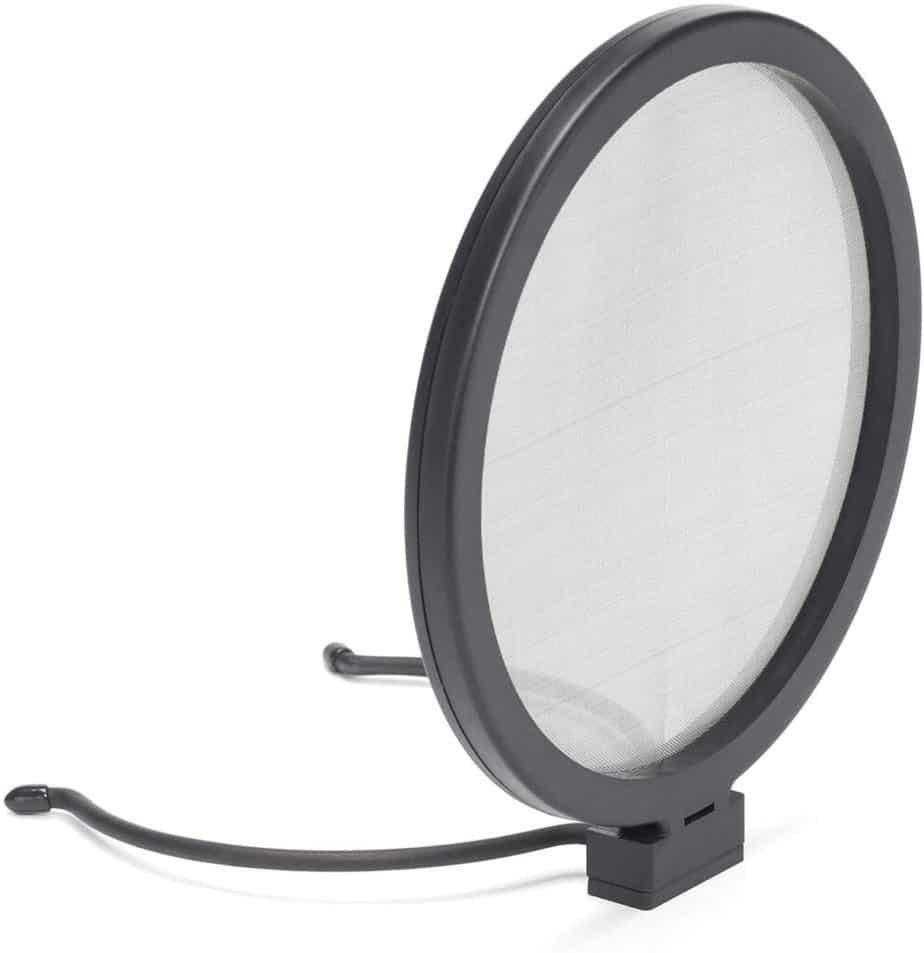
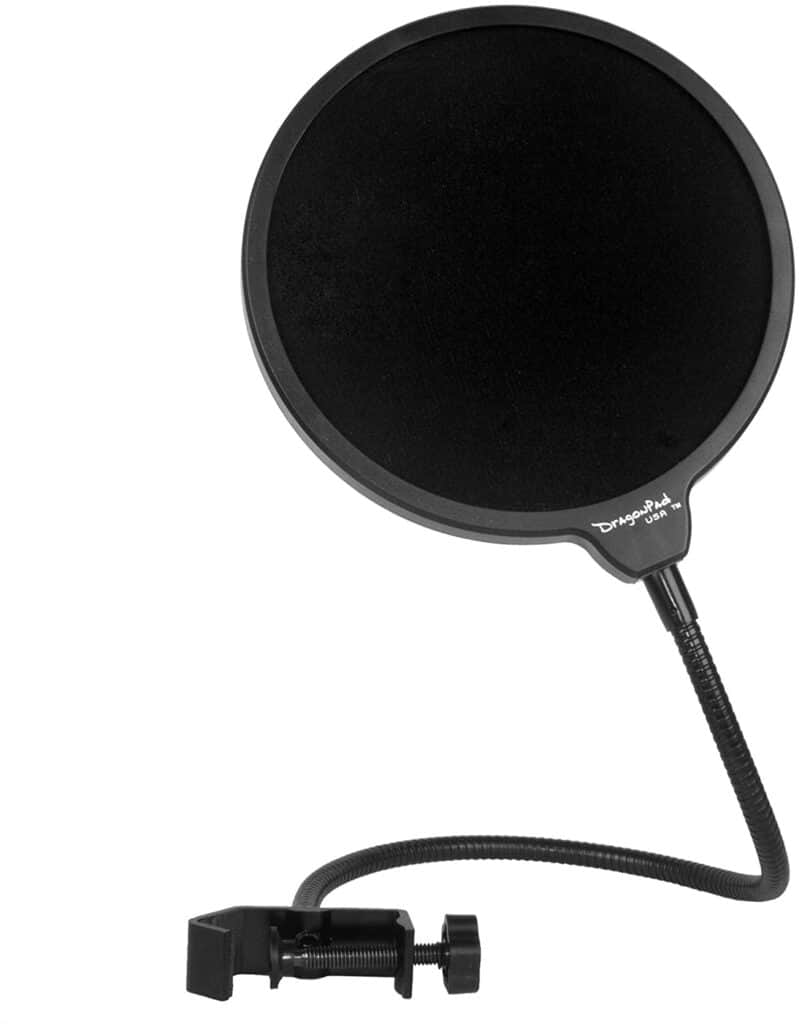
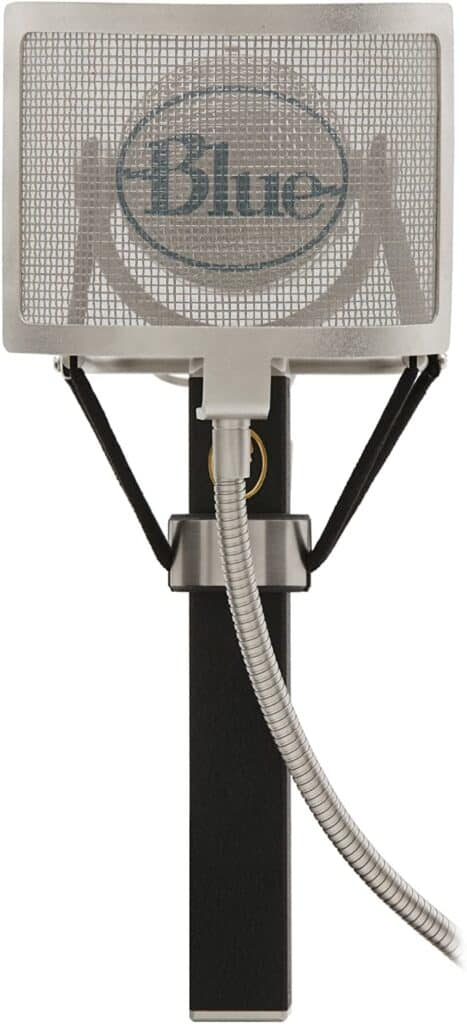
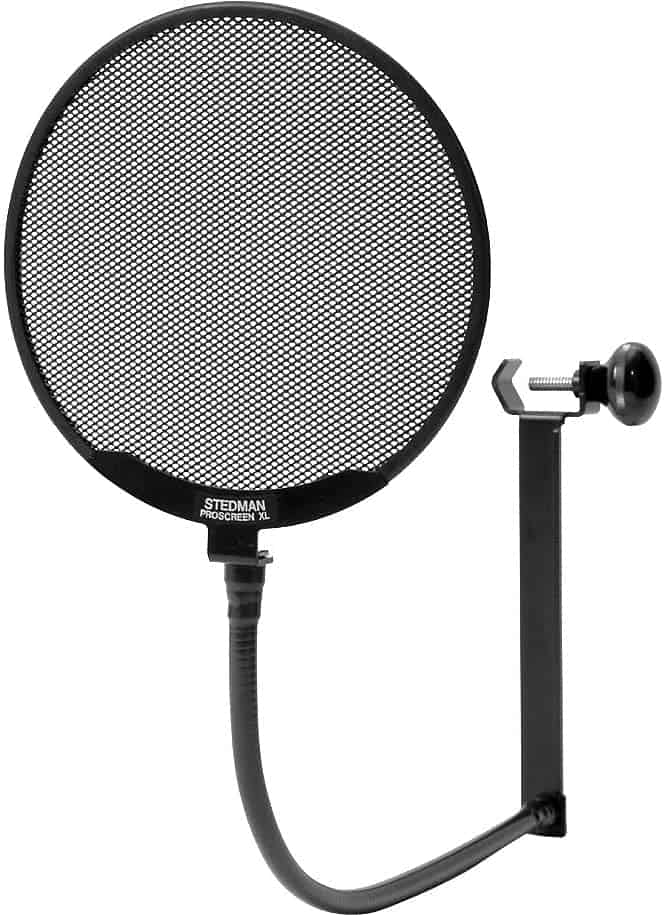

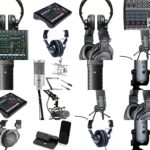






Comments
Comments are closed.